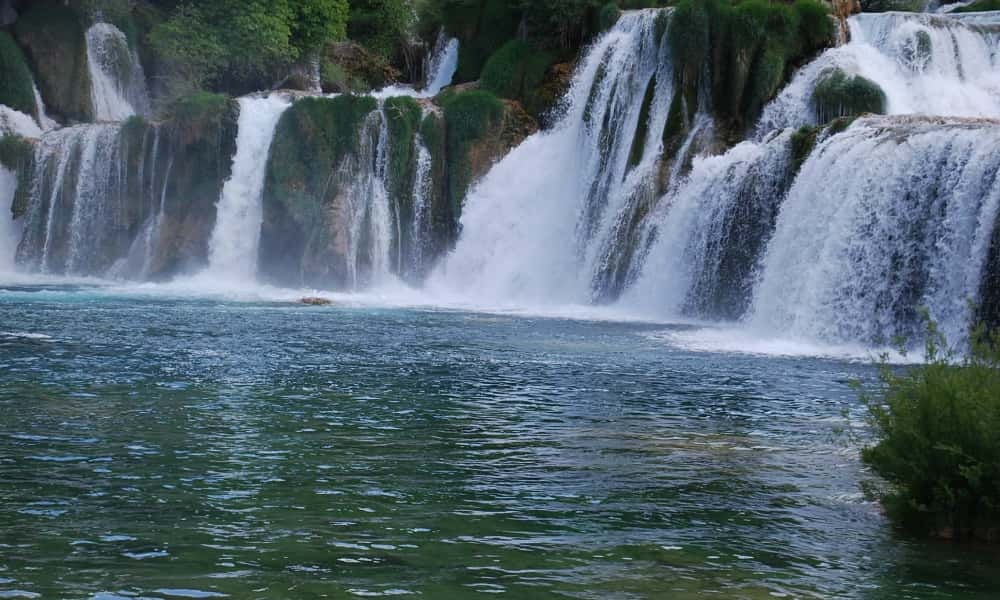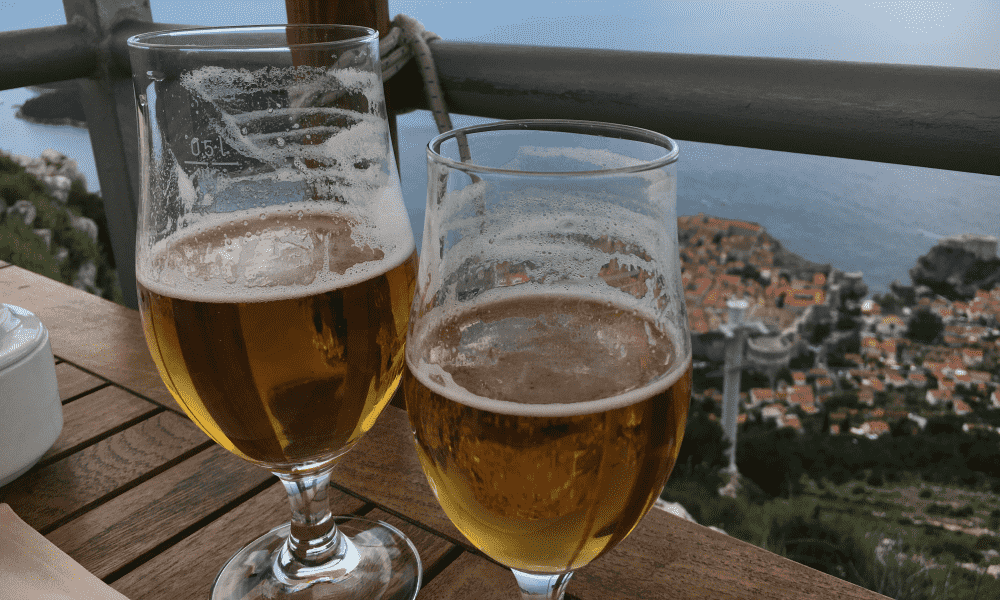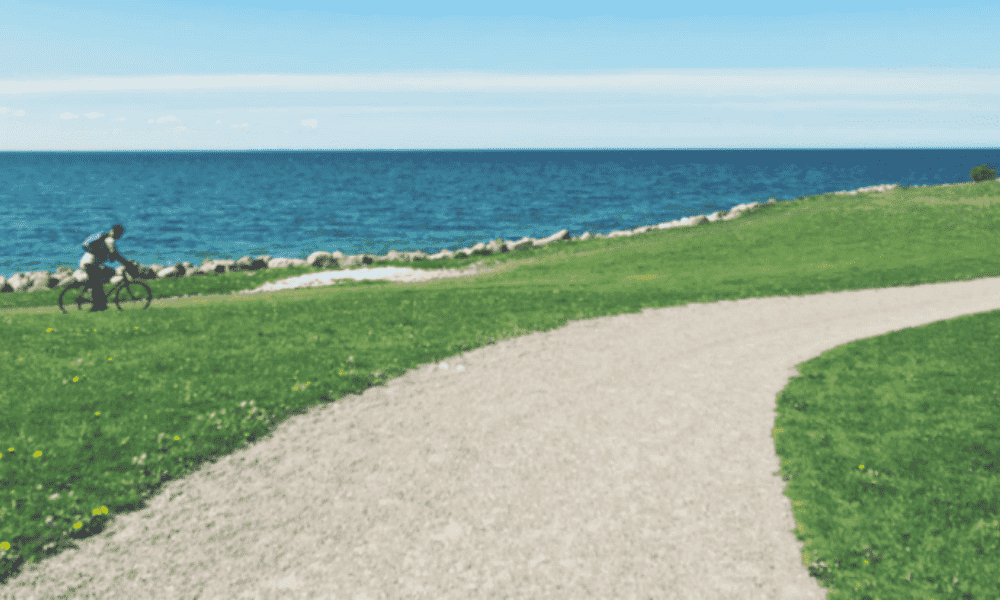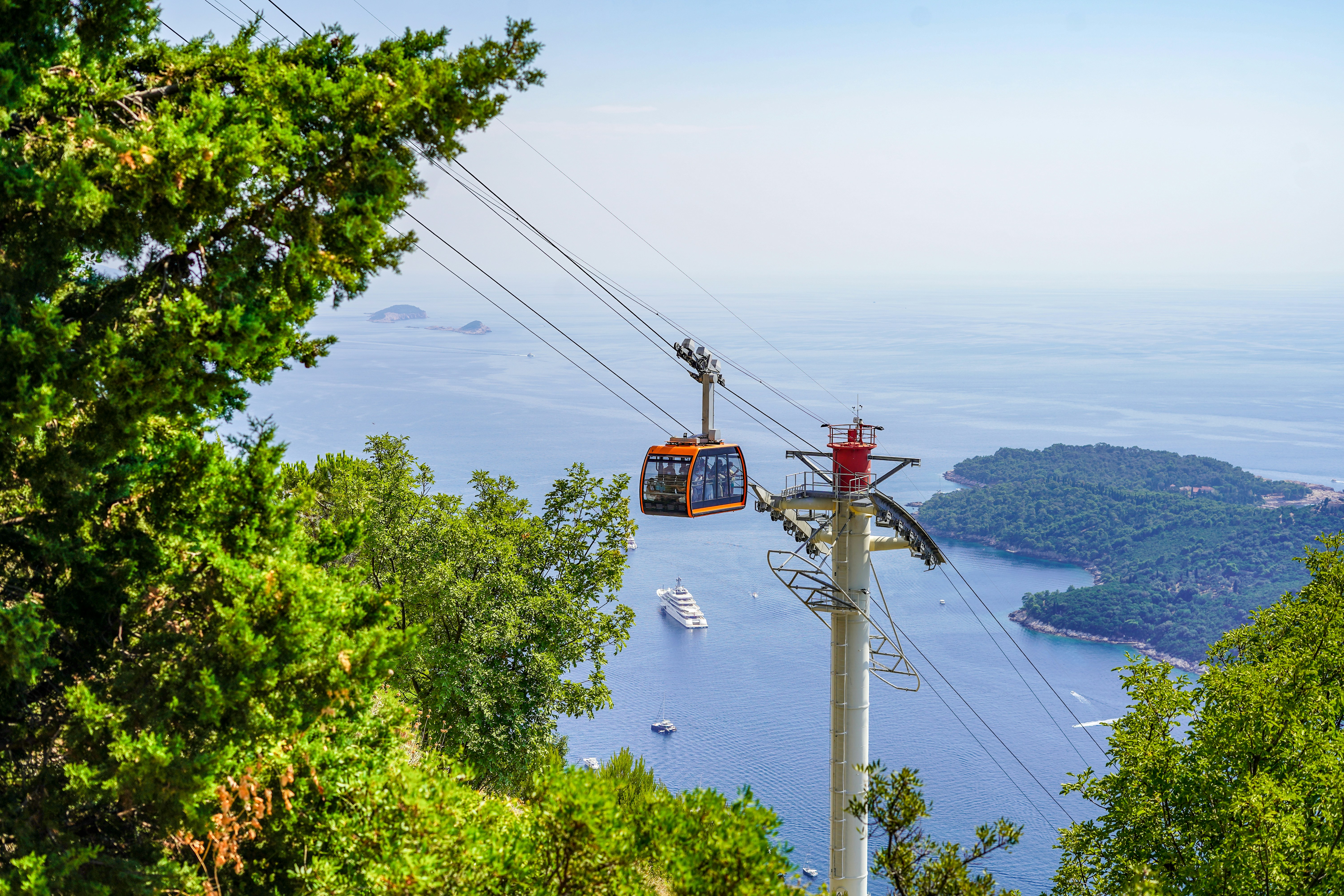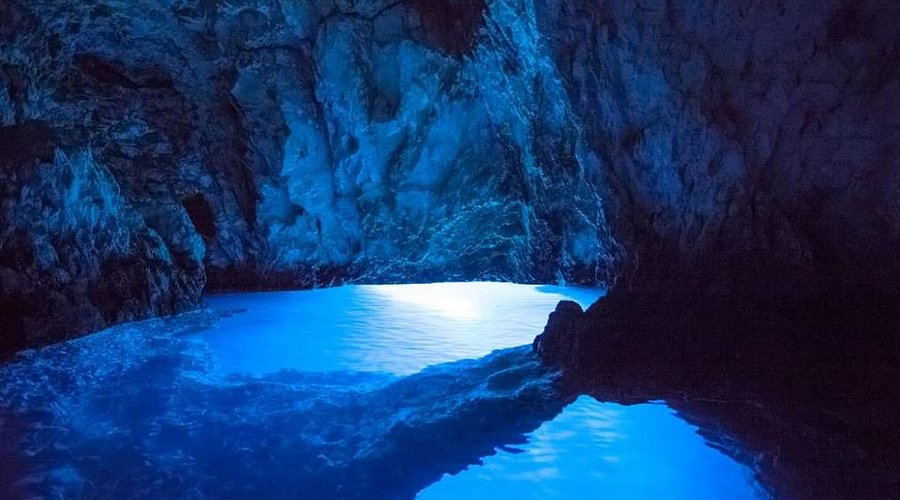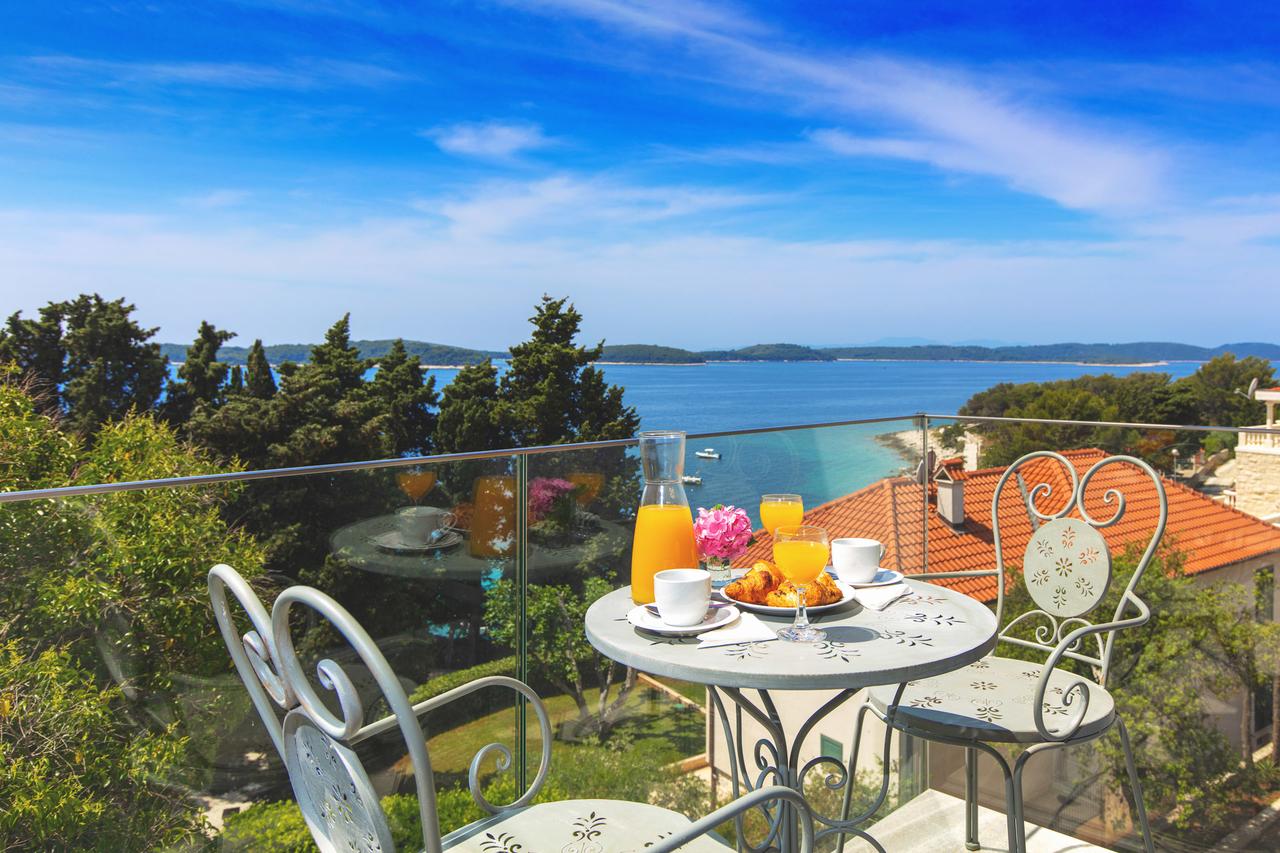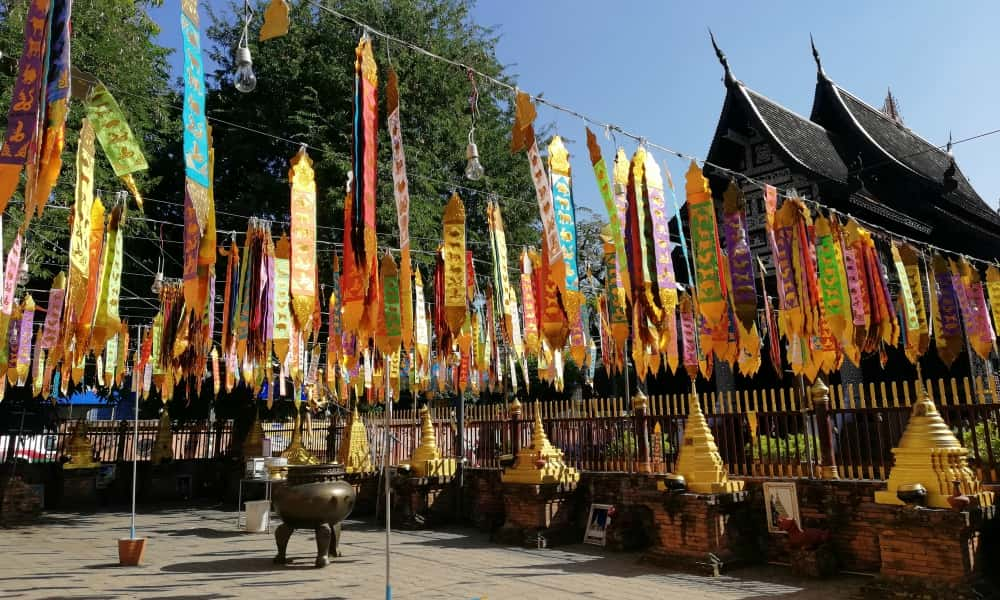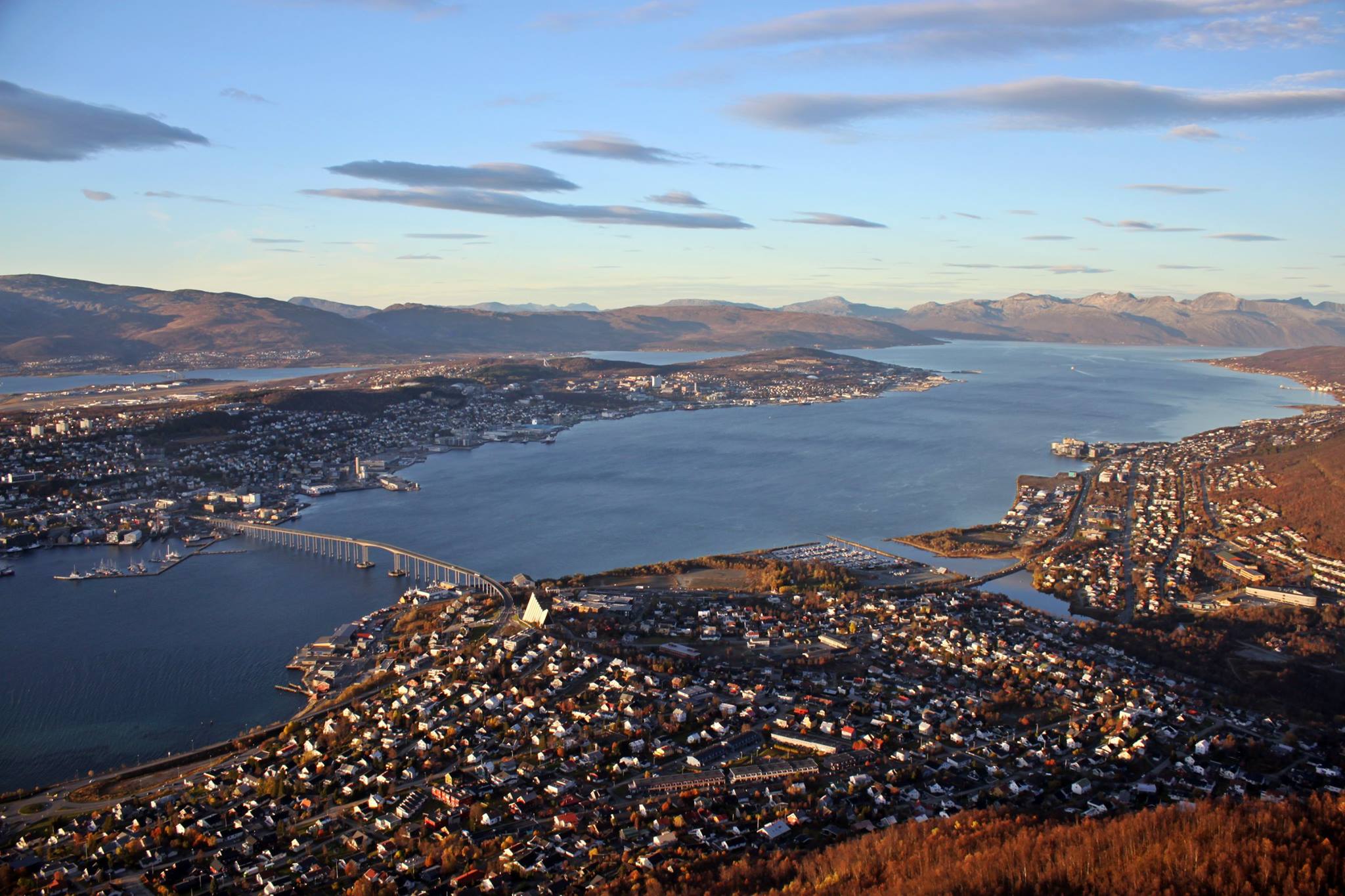- Unmatched History: The city’s Old Town is a UNESCO World Heritage Site, home to centuries-old palaces, churches, and fortresses.
- Stunning Views: From the city walls or Mount Srđ, Dubrovnik offers some of the best panoramic views on the Dalmatian coast.
- Island Access: Nearby islands like Lokrum and the Elafiti Islands make for easy day trips.
- Game of Thrones Appeal: Dubrovnik served as King’s Landing in the HBO series, drawing fans from around the world.
- Mediterranean Lifestyle: Enjoy open-air cafés, fresh seafood, and scenic sunset spots that make Dubrovnik as relaxing as it is culturally rich.
Travel Note: Dubrovnik is a popular cruise ship destination. Expect high foot traffic in the Old Town during the day, especially in peak season. Mornings and late afternoons are quieter and more enjoyable for sightseeing.
- Rector’s Palace – once the seat of the city’s government.
- Sponza Palace – home to the city archives.
- Franciscan Monastery – featuring one of Europe’s oldest pharmacies.
- Onofrio’s Fountain – a 15th-century landmark and meeting spot.
- Spring (April–June): Pleasant weather, fewer crowds, and blooming gardens. A great time for sightseeing and photography.
- Summer (July–August): Peak season with hot weather and the highest tourist volume. Ideal for beaches, festivals, and nightlife, but expect crowds and high cruise traffic.
- Autumn (September–October): Warm sea, thinning crowds, and harvest season for local wine and food.
- Winter (November–March): Quiet and atmospheric. While some attractions and ferries may be closed, Dubrovnik’s Old Town takes on a more local, peaceful character.
- Old Town: Stay here for history, charm, and walkability. Hotels and apartments are pricier, but you’ll be steps from major sights.
- Ploče: East of the Old Town, this upscale area features luxury hotels with sea views, and easy access to Banje Beach and the city walls.
- Lapad: A quieter, more residential area with beaches, promenade walks, and budget-friendly options. Great for families or longer stays.
- Gruž: Near the main ferry terminal and bus station. Good for island-hopping and those on a tighter budget. More local and less touristy.
- By Air: Dubrovnik Airport (DBV) is 20 km from the city center. Shuttle buses and taxis connect to the Old Town in about 30–40 minutes.
- By Bus: Comfortable, long-distance buses run from major cities like Split, Zagreb, and even international destinations like Kotor (Montenegro) and Mostar (Bosnia & Herzegovina).
- By Sea: Dubrovnik is a popular port for cruise ships and ferries. Jadrolinija and other companies offer seasonal routes to islands and other coastal cities.
- On Foot: The Old Town is pedestrian-only and best explored on foot.
- Public Buses: Operated by Libertas, the bus network connects most neighborhoods. Tickets are cheaper if bought at kiosks in advance.
- Taxis & Rideshare: Taxis are readily available. Uber also operates in Dubrovnik.
- Car Rental: Not necessary for exploring the city itself, but highly recommended if you plan to take day trips to nearby regions or national parks.
- Black risotto (crni rižot) – made with cuttlefish and squid ink
- Octopus salad
- Šporki makaruli – a meat sauce pasta dish typical during festivals
- Grilled fish and seafood platters
- Local wine from the Pelješac Peninsula (Plavac Mali red and Pošip white)
- Rakija – a strong fruit brandy often offered as a welcome drink
- Elafiti Islands: Relaxed, car-free islands like Koločep, Lopud, and Šipan are great for a beach day or boat tour.
- Cavtat: A scenic coastal town just 30 minutes away with a lovely harbor and art-filled heritage.
- Pelješac Peninsula: Visit vineyards, oyster farms in Ston, and beaches along Croatia’s second-largest peninsula.
- Mostar (Bosnia & Herzegovina): Known for its iconic Ottoman-style bridge and cultural blend.
- Kotor (Montenegro): A stunning bay-side town surrounded by fortress walls and mountains.
Tip: While Dubrovnik itself doesn’t require a car, renting one is the most convenient way to explore these surrounding regions independently.
Yes, Dubrovnik is considered very safe. Petty theft is rare but keep an eye on belongings in crowded areas.
2–3 days is ideal for exploring the Old Town, nearby islands, and Mount Srđ. Stay longer if using it as a base for day trips.
Absolutely. The Old Town is pedestrian-only, and public buses or tours can take you to nearby attractions. A car is only needed for certain day trips.
Yes—spring and fall offer pleasant weather and fewer crowds. Even winter can be charming for a quiet, local experience.
- Best Islands to visit in Croatia (coming soon)
- Krka vs Plitvice: Which Should You Visit? (coming soon)








